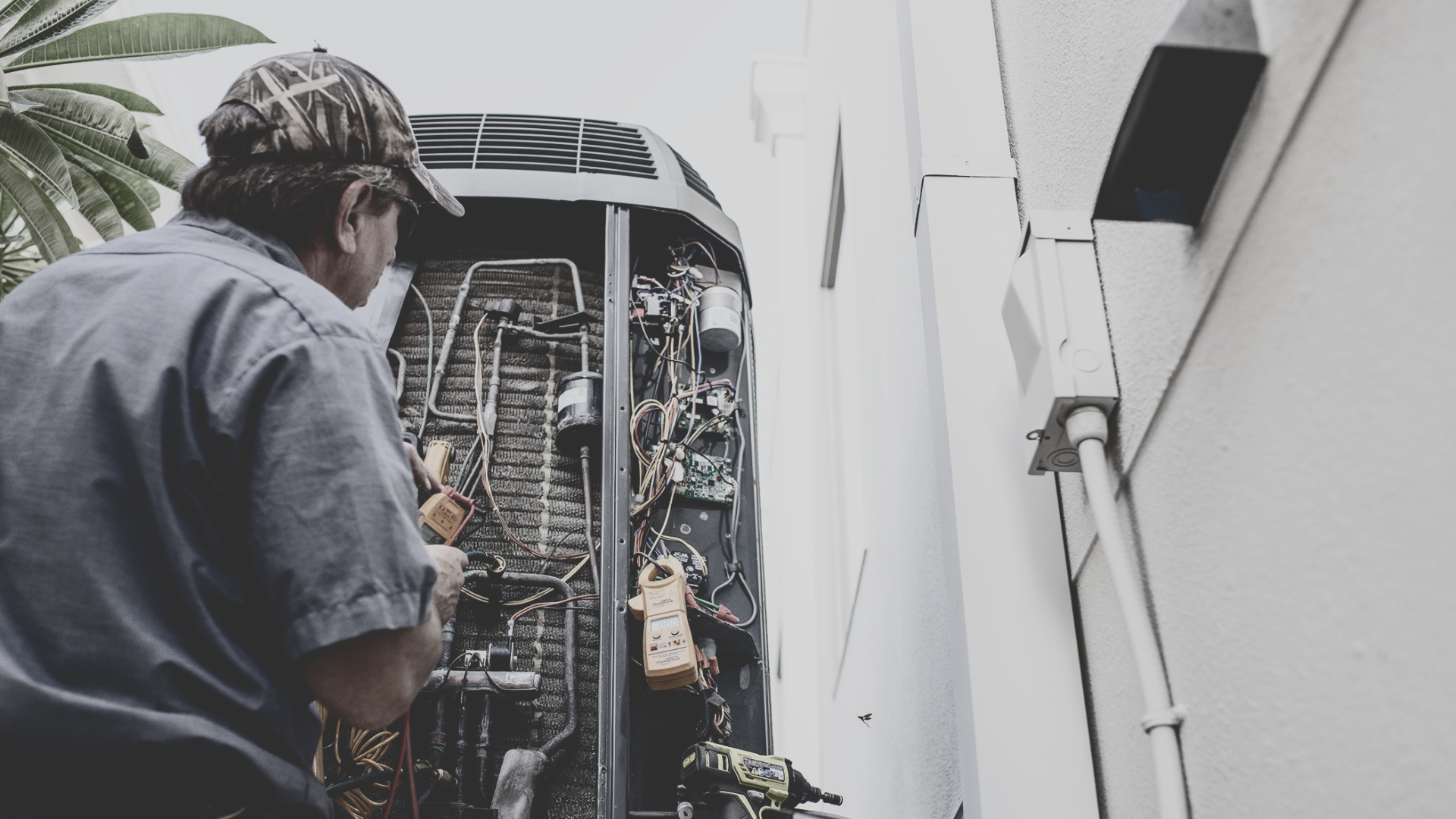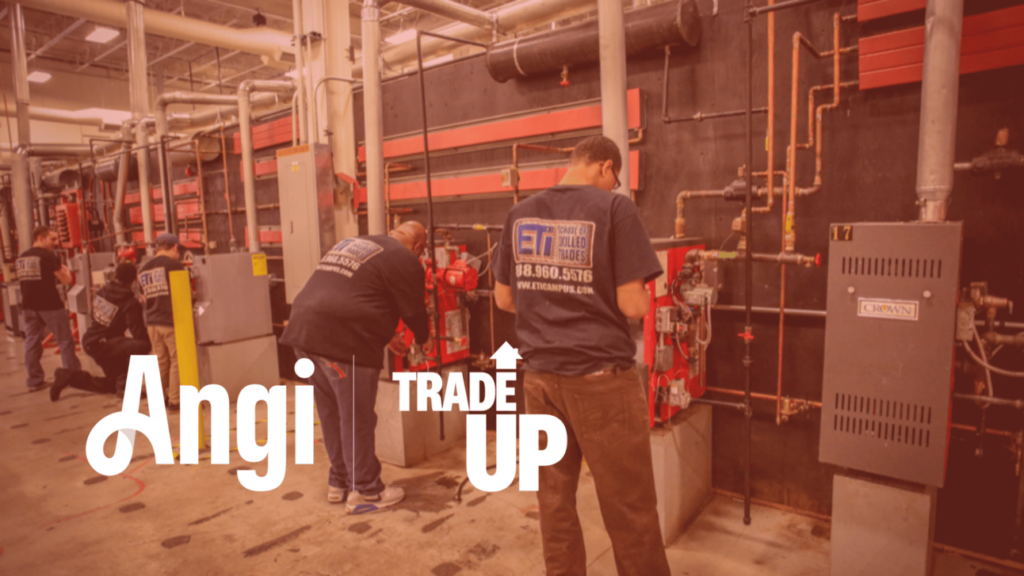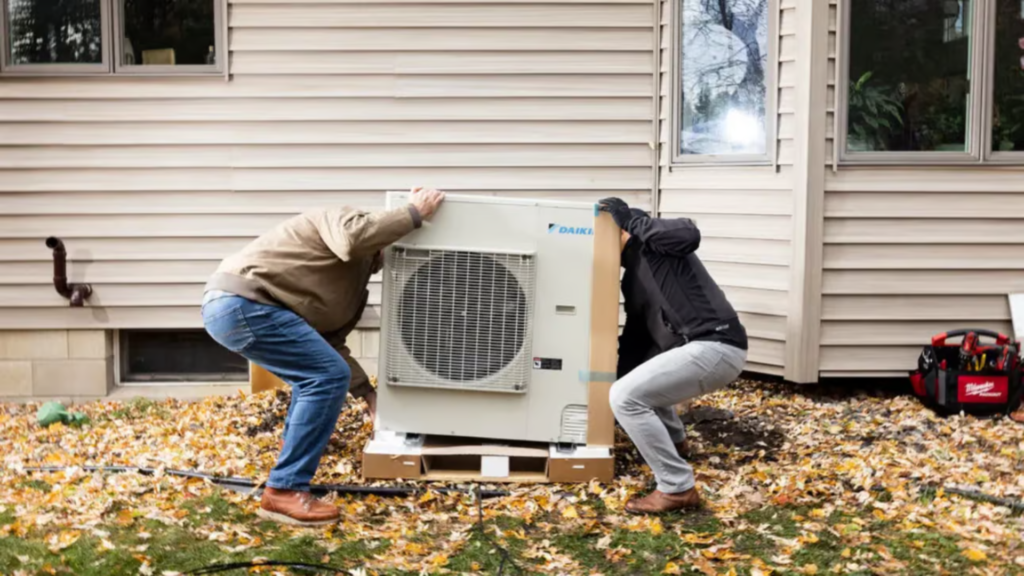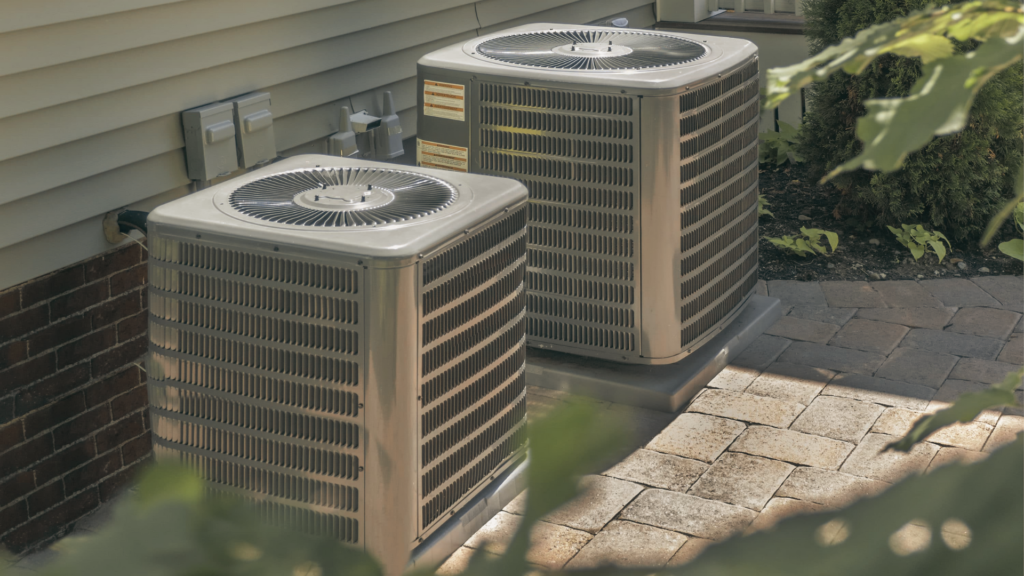“We’ve hit the turn”: Service Nation founder on replacements, tariffs, and AI
A conversation with Matt Michel about the next decade of replacements, tariffs' silver lining, AI, and more

Image: Blair's
The stage is set for a busy next ten months in the HVAC industry: Replacement demand shows promise after shipments jumped 12 percent in 2024, tariffs on Mexican imports are set to take effect next month, and rapid technological advances are spinning heads.
To get a candid perspective on what’s happening, I spoke with Matt Michel, founder of Aire Serv and Service Nation. He made the case for a decade-long replacement boom, outlined why tariffs may not be that bad, shared his skepticism about AI, and more. Our conversation has been lightly edited for clarity.
Breaking the 15-year rule
You’ve talked extensively about this year being the start of a decade-long run for the replacement market. What’s your latest on that?
I still believe that. If you go back and add up all the shipments from 2005 to 2009, that should form the basis of the replacement market from 2020 to 2024.
When you add them up, 33 million units were shipped over that five-year period. If we look at the last five years, as of last week, it’s 48 million. But take out new construction, and we’re sitting at around 41 million units that have been shipped.
It’s a bump over what should have been shipped, so there are a couple of possible explanations. One, we’ve made the turn and are on the upside now. Two, the ‘15-year’ replacement cycle has shortened, which there seem to be indicators that it has.
Can you elaborate?
The changes in terms of energy mandates have resulted in thinner copper tubes to get efficiencies up, and there are different refrigerants. 410A operates under higher pressure, which could lead to more coil leaks. And these days, you don’t repair coils, you just go in and start doing replacements. The new A2L refrigerants are coming out. So all that could factor into a shortened replacement cycle.
But if that’s so, then it just makes for more of a case that we’ve hit the turn and started the ascent. And the ascent, based on the numbers, will ride for the better part of a decade.
Tariffs’ silver lining
There’s been a lot of chatter about tariffs — whether they’ll actually go into effect, what will happen, etcetera. What are your thoughts?
I still think it’s even money — it could be that they’re just being used as a negotiating tool. But let’s say they do go into play… You’ve got to factor in substitutions. So, can you substitute other products for the tariff products?
The products being made in Mexico, for the most part, are lower efficiency or more basic products. The higher efficiency and more expensive products are made in the U.S.
So effectively what that does is lower the installed cost delta between the two. So, you could see more substitution for higher-end, domestically produced units, which means more profit for the manufacturers and contractors.
But that assumes consumers can afford them, no?
I mean, it’s the old ‘butter versus margarine’ argument, right? If one of them goes up, a consumer who doesn’t care buys the other.
Let’s say butter costs a dollar more per stick than margarine. If there’s a tariff on margarine and it bumps its price up 75 cents, I may like butter more than margarine now. It’s only 25 cents more.
David vs. Goliath
You don’t believe that independent contractors are at that much of a disadvantage compared to private equity-backed companies, correct?
Absolutely. Private equity has gotten manufacturers to reduce their prices because it gives them a big block of business. But for independents, that can be somewhat offset by joining a group with a buying program. Not totally offset, but they’ll get favorable pricing and treatment if they’re important to their local distributor.
Private equity often centralizes to get economies of scale. So instead of local marketing distributed out, you get centralized marketing, which may or may not work because each market has nuances. The local contractor knows their market and should run circles around them. There’s also less community involvement, and I think there’s a lot to an owner being involved in their community.
How do you imagine today’s consolidation plays out over the long run? Meaning, does what happened a couple decades ago happen again?
In the past, it was all Wall Street-driven — quarterly earnings growth, etcetera. Everything was built around that, and they were buying companies with no connection to the other companies they owned. There’s a world of difference between an industrial HVAC company and a residential one, so they had predictable issues.
Now, private equity has come along, and their cycle isn’t next quarter, it’s whenever their fund expires, typically in three to five years. As they get closer to that period, they’re either going to have to refinance or start a new fund, which right now is tough because interest rates are probably higher than when they started.
So what do they do? Well, they can sell, or if they get so big, they can try to IPO. And if that happens, we’re right back to where we were with 1990s consolidation.
HVAC’s human element
What’s a somewhat unpopular opinion you have on the industry right now?
I’m highly skeptical about the ‘earth-changing’ potential of AI in the industry. I think it’s going to make some changes, affect some office staff, and make some efficiencies and optimizations, but in the end, it’s butts in trucks and trucks to homes — and AI can’t change that.
Hopefully what AI will be able to do is take a two-year tech, send them out, and with its assistance, help them operate at a higher level. And I hope we get there.
‘I can’t find good techs’ gets mentioned a lot, but another part of the labor problem is the knowledge aging out of the industry. How would you think about that as a contractor today?
I think every company ought to have a really knowledgeable, technically-sound senior tech who they put in the office just to get on video calls and help their techs out in real time. I don’t think that’s call-by-call management, which is very sales-focused, but it can help these guys get out of jams and make them more effective at their jobs.
I would also love to see more owners who have sold and aren’t going to start up again go work for manufacturers as territory managers. I think manufacturers would be well served to try to go out and get them.
Manufacturers seem to be focused on hiring younger TMs and trying to develop them, but nobody will be better at calling on a contractor than somebody who was a contractor and understands the whole game — you can’t bullshit them.
Editor’s note: This story is for perspective-sharing purposes only.
📬 Get our stories in your inbox
Keep reading
3 charts for contractors to watch
With one month down in a pivotal year for the HVAC industry, here are a few charts worth keeping an eye on
October HVAC shipments grow at highest rate in three years
The industry has staged a comeback from 2023, with a promising replacement backdrop heading into the next two years


